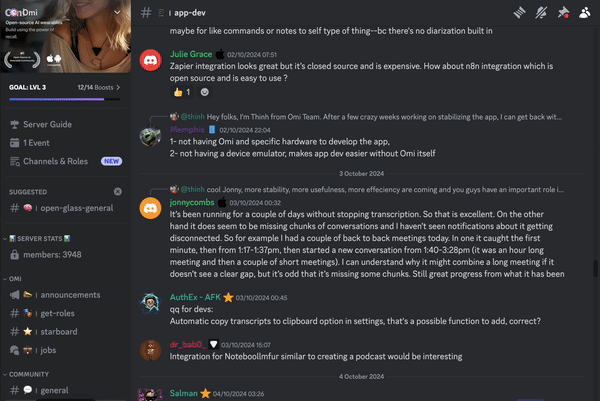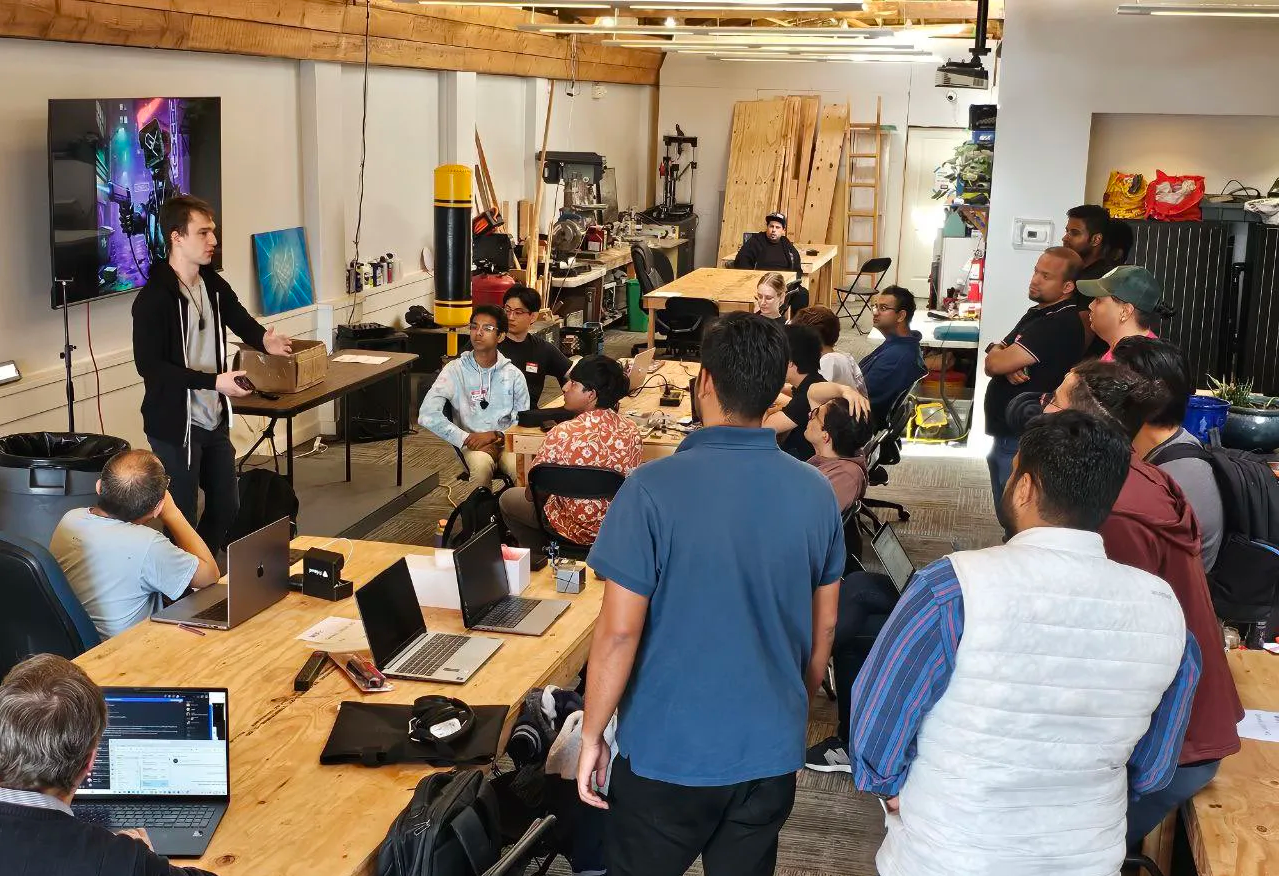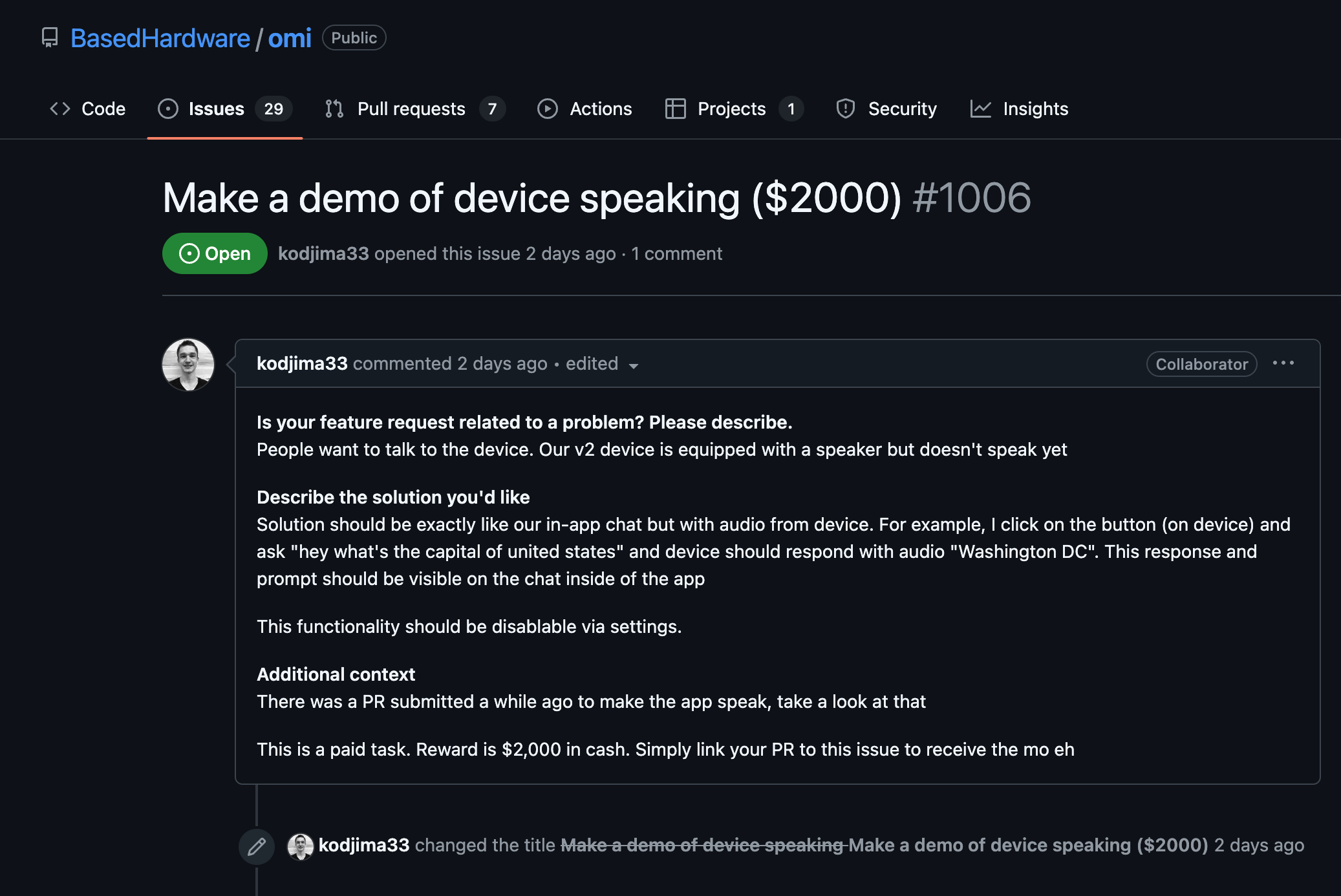Set Up AWS SDK for Java
- Ensure you have the AWS SDK for Java in your project's dependencies. If you're using Maven, you can add the SDK by including the following dependency in your `pom.xml`:
<dependency>
<groupId>com.amazonaws</groupId>
<artifactId>aws-java-sdk-sqs</artifactId>
<version>1.12.445</version>
</dependency>
Initialize AWS Credentials
- For proper access to Amazon SQS, you need valid AWS credentials. Use the `DefaultAWSCredentialsProviderChain` to automatically pick up the credentials from various sources like `~/.aws/credentials` file or environment variables.
import com.amazonaws.auth.DefaultAWSCredentialsProviderChain;
import com.amazonaws.services.sqs.AmazonSQS;
import com.amazonaws.services.sqs.AmazonSQSClientBuilder;
AmazonSQS sqs = AmazonSQSClientBuilder.standard()
.withCredentials(new DefaultAWSCredentialsProviderChain())
.withRegion("us-east-1") // Specify your desired region
.build();
Create a Queue
- Create a new SQS queue programmatically using the SDK methods. You can configure the queue by setting attributes such as delay seconds, message retention period, and others.
import com.amazonaws.services.sqs.model.CreateQueueRequest;
import com.amazonaws.services.sqs.model.CreateQueueResult;
CreateQueueRequest createQueueRequest = new CreateQueueRequest("MyQueue");
CreateQueueResult createQueueResult = sqs.createQueue(createQueueRequest);
String myQueueUrl = createQueueResult.getQueueUrl();
Send Messages to the Queue
- Use the `sendMessage` method to queue messages. You can set the message body and specify optional attributes like delay seconds.
import com.amazonaws.services.sqs.model.SendMessageRequest;
SendMessageRequest sendMessageRequest = new SendMessageRequest()
.withQueueUrl(myQueueUrl)
.withMessageBody("This is my message text.")
.withDelaySeconds(5);
sqs.sendMessage(sendMessageRequest);
Receive Messages from the Queue
- Poll the queue for messages using the `receiveMessage` method. You can specify the maximum number of messages, visibility timeout, and wait time for long polling.
import com.amazonaws.services.sqs.model.ReceiveMessageRequest;
import com.amazonaws.services.sqs.model.Message;
ReceiveMessageRequest receiveMessageRequest = new ReceiveMessageRequest(myQueueUrl)
.withMaxNumberOfMessages(10)
.withWaitTimeSeconds(20);
List<Message> messages = sqs.receiveMessage(receiveMessageRequest).getMessages();
for (Message message : messages) {
System.out.println("Message: " + message.getBody());
// Process and delete the message
sqs.deleteMessage(myQueueUrl, message.getReceiptHandle());
}
Delete the Queue
- It's good practice to clean up resources. You can delete the queue once you are done by calling `deleteQueue`.
sqs.deleteQueue(myQueueUrl);
Error Handling and Best Practices
- Implement error handling by catching exceptions such as `AmazonServiceException` and `AmazonClientException` to handle AWS errors and client-side issues respectively.
- Consider using long polling for efficiently receiving messages. Set the `WaitTimeSeconds` attribute to reduce empty responses.
- Always delete messages from the queue once processed to prevent processing duplicates.
try {
// SQS operations like receiving, sending and deleting messages
} catch (AmazonServiceException e) {
System.err.println("Amazon Service Exception: " + e.getMessage());
} catch (AmazonClientException e) {
System.err.println("Amazon Client Exception: " + e.getMessage());
}
























